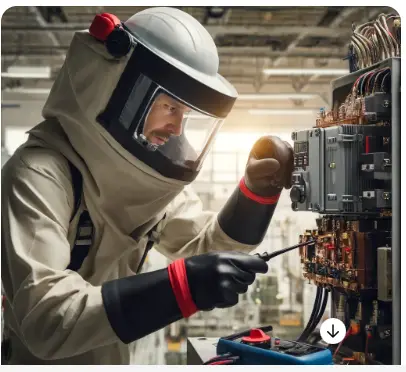Learn the essentials of motor starter troubleshooting and repair with our comprehensive guide. Discover common issues, step-by-step troubleshooting techniques, and practical repair tips to ensure your motor starter operates efficiently and reliably.
Motor starters are essential components in many industrial and commercial applications, controlling the operation of electric motors. However, like any piece of equipment, they can experience issues that require troubleshooting and repair. This article will guide you through the basics of motor starter troubleshooting and repair, helping you ensure your equipment runs smoothly and efficiently.
Understanding Motor Starters
Before diving into troubleshooting and repair, it’s important to understand what a motor starter is and its function. A motor starter is an electrical device that controls the start and stops functions of a motor. It includes components such as contactors, overload relays, and sometimes fuses or circuit breakers. These components work together to safely start, run, and stop the motor while protecting it from electrical faults.
Common Issues with Motor Starters
Several issues can arise with motor starters; identifying the problem is the first step in troubleshooting. Common problems include:
- Contact Wear: Over time, the contacts within the starter can wear out due to frequent use, leading to poor electrical connections.
- Overload Trips: Overload relays can trip if the motor draws too much current, which could be due to mechanical issues in the motor or an electrical problem. The overload relay can also trip if it becomes defective.
- Control Circuit Faults: Faults in the control circuit, such as broken wires or faulty control devices, can prevent the starter from operating correctly.
- Coil Failure: The coil in the contactor can fail, preventing the starter from energizing and closing the contacts.
- Single Phasing: Missing one or more Phases is called single phasing. The blowout of one of the fuses, contactor contact problems, and cable disconnection are common causes of single phasing.
Motor Starter Troubleshooting Steps

1. Visual Inspection
Start with a visual inspection of the motor starter and its components. Look for any obvious signs of damage, such as burnt contacts, melted wires, or broken parts. Ensure all connections are tight and secure.
2. Check the Power Supply
Ensure that the starter is receiving the correct voltage. Use a multimeter to check the input voltage and compare it to the motor starter’s specifications. If the voltage is too low or too high, it could indicate a problem with the power supply or wiring.
3. Test the Control Circuit
Check the control circuit for continuity and proper operation. Inspect control devices such as push buttons, limit switches, and relays for faults. Verify that all control circuit wiring is intact and correctly connected.
4. Inspect the Overload Relay
Examine the overload relay for signs of tripping. Reset the relay and monitor the motor’s current draw. If the relay trips again, investigate further to determine if the motor is drawing excessive current or if the relay itself is faulty. The relay contacts remain NC when it is healthy. Use an ohmmeter to check for continuity between the two Normally Closed (NC) terminals on the overload. If the ohmmeter shows “OPEN,” the overload is faulty and should be replaced.
5. Examine the Contactor Coil and Contacts
Test the contactor coil for continuity using a multimeter. If the coil is open, it needs to be replaced. Inspect the contacts for wear or pitting and clean or replace them as necessary.
Read More: Causes of Contact Sticking and Coil Burning in Contactors
5. Blown Fuses
Check the fuses using a multimeter to test for continuity. If a fuse shows no continuity, replace it. Inspect the fuse holders for corrosion; if present, clean them with an electrical contact cleaner.
Always refer to the starter operating and maintenance manual for troubleshooting the starter.
Motor Starter Repair Tips
- Replace Worn Contacts: If the contacts are worn or damaged, replace them with new ones. This will ensure a good electrical connection and reliable operation.
- Repair or Replace Faulty Components: Identify and replace faulty components such as coils, relays, or control devices. Ensure that replacements match the specifications of the original parts.
- Ensure Proper Wiring: Identify and replace faulty control and power wiring.
- Test the Motor: If the motor starter appears to be functioning correctly but still doesn’t start, test the motor separately. Check for issues such as winding failures, mechanical obstructions, or incorrect connections.
Conclusion
Troubleshooting and repairing motor starters are essential for maintaining industrial and commercial equipment. By following the steps outlined in this article, you can diagnose and fix common motor starter issues, ensuring reliable and efficient operation. Regular maintenance and inspections can also help prevent problems before they occur, extending the life of your motor starter and associated equipment.